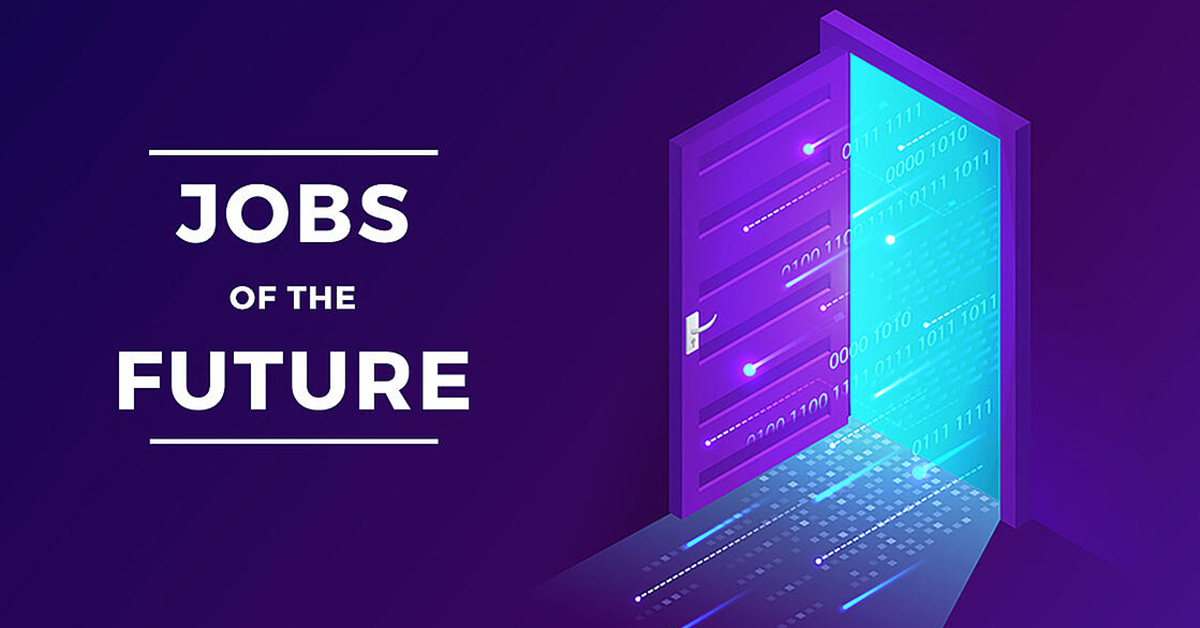Jobs of the Future: Organisations Must Train in Digital Competencies and Soft Skills
In business, COVID-19 is often described as a “time machine into the future”, with changes once expected to take decades instead occurring in weeks.
From video conferencing and virtual classrooms to e-commerce, 3D printing, robots and automation, entire industries have been reshaped, and with them the nature of people’s jobs.
Around one-third of Australian employees have experienced changed job requirements because of the pandemic, according to a February-2021 released research paper by RMIT based on a survey of 1,078 Australians.
Key Article Highlights:
- Only half of Australian workers have access to on-the-job training.
- One-third of Australians have experienced changed job requirements because of COVID-19.
- One quarter of Aussies say their data analysis skills are not meeting their employer’s requirements.
- Businesses must fully embrace digital adoption and teach employees the skills of tomorrow.
- In-demand skills include software development, data science, programming, mathematics, technical design and soft skills such as teamwork and collaboration.
Increasingly required skills of today – and the future – include software development, data science, programming, mathematics, and technical design.
Despite these changed requirements, most Australians are not adapting. Less than one in five of those surveyed learnt a new skill during COVID-19, with only 16 per cent saying their technical skills have improved.
This is despite many of us not having the digital skills required for today, with one quarter of those surveyed reporting their data analysis skills are not meeting their employer’s requirements.
And more than half of respondents had “little to no understanding of coding, blockchain, artificial intelligence and data visualisation”, despite 75 per cent of respondents wanting to learn about these emerging technologies.
Despite this knowledge gap, Australia will require “156,000 more digital technology workers by 2025, representing one in four jobs created during that period”. To be a global digital leader, we will need to employ an additional 388,000 technology workers by 2025.
Soft skills also in demand:
Beyond technical competencies, the jobs of tomorrow will also require human skills, including teamwork and collaboration, customer service, project management, budgeting, and sales, according to the RMIT paper.
“Soft skills are considered highly valuable… employees who have and utilise soft skills are 3 per cent more productive and worth almost $2,000 more per year to a business using less of these skills.”
Organisations Must Upskill
Employers who upskill workers have long been shown to realise productivity gains and increased employee satisfaction, however, only half of employees surveyed in the paper had access to on-the-job training.
Instead, Australian organisations seem to prefer looking externally for talent, spending $7 billion each year on recruiting compared with $4 billion training the talent they already have.
A strong training program will also help you hire and keep the right people. Nine per cent of respondents said that “training or learning support is the most important factor influencing their decision to start a new job or stay in a current job”, coming in above work-life balance, remuneration and flexible working arrangements.
Management Must Prepare
It is essential that management fully embrace digital adoption and learn the skills of tomorrow. Through role-modelling behaviour and incentives for staff who participate, digital business transformations will be more widely embraced and realise better outcomes.
A 2020 Ernst and Young report, Beyond COVID-19, describes a technology assessment and future technology roadmap as critical to helping ensure your organisation will not be left behind.
Simple things include understanding what infrastructure is required for remote teamwork, collaboration, automation, cloud business management and data security.
And how might next-gen remote working technologies such as augmented and virtual reality impact the organisation? And does your organisation’s real estate model make sense?
Considerations must also be given to how this rapid technology adoption and associated change in job requirements will impact workers’ sense of belonging, and tools and strategies should be developed to maintain culture and connection.
RMIT’s Six Steps to Maximising Training Investments:
- Be accountable: Have a dedicated training strategy, budget and person responsible for implementing it.
- Identify what is needed: Conduct an audit of current skill levels and benchmark against future needs.
- Ask staff their opinion: Survey the team to identify training preferences to further improve employee satisfaction.
- Do training right: Match training quality to skill needs and importance.
- Continuous improvement: Evaluate and monitor training programs and strategy over time.
- Apply skills immediately: Ensure new skills can be applied immediately to minimise the risk of losing them.





